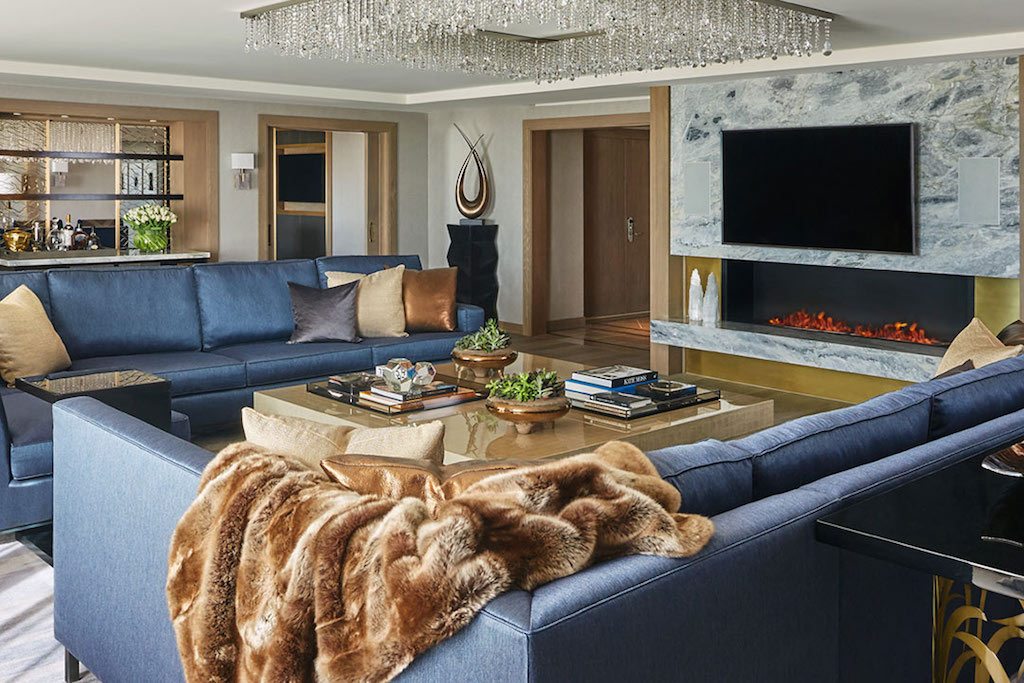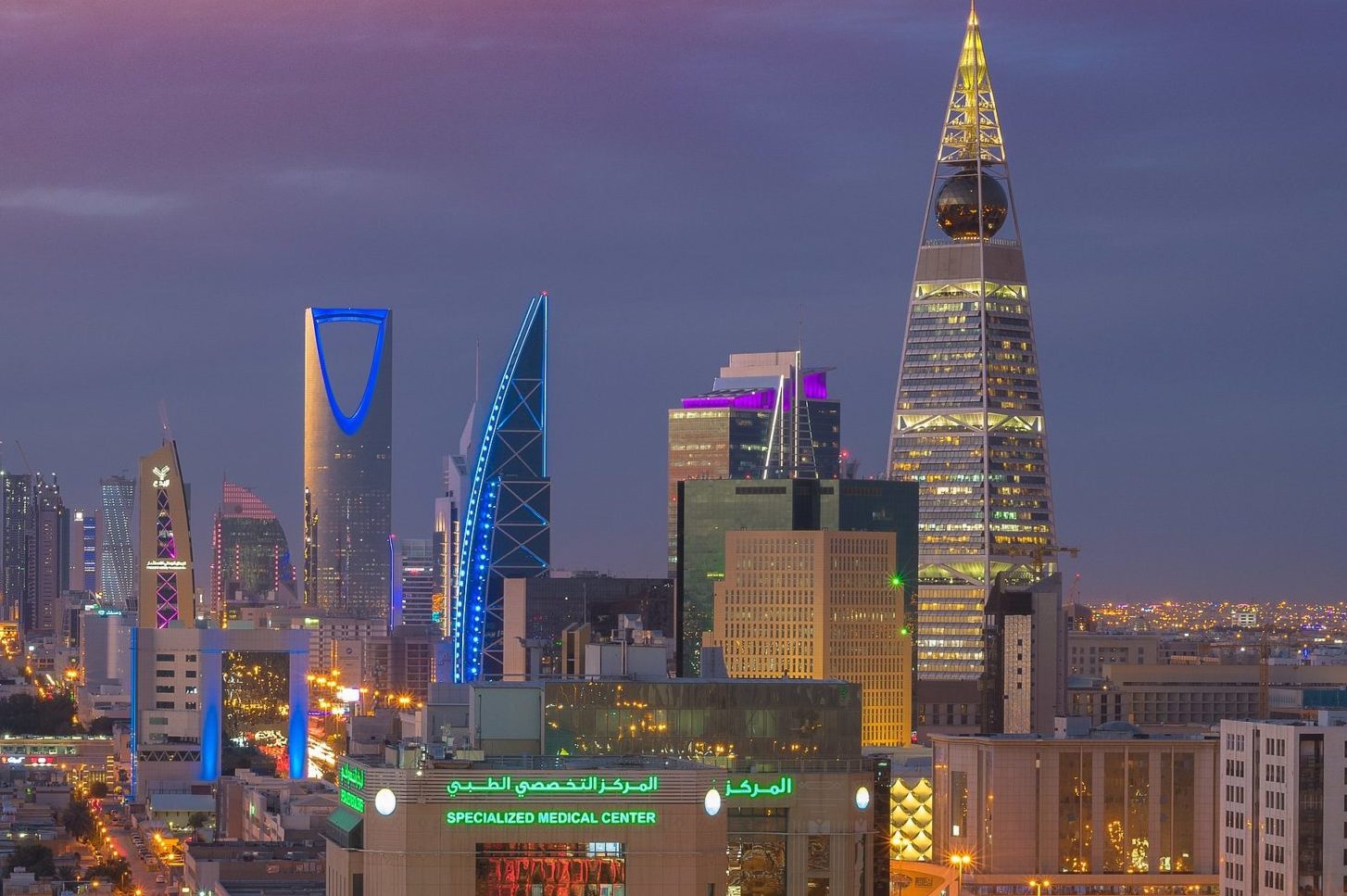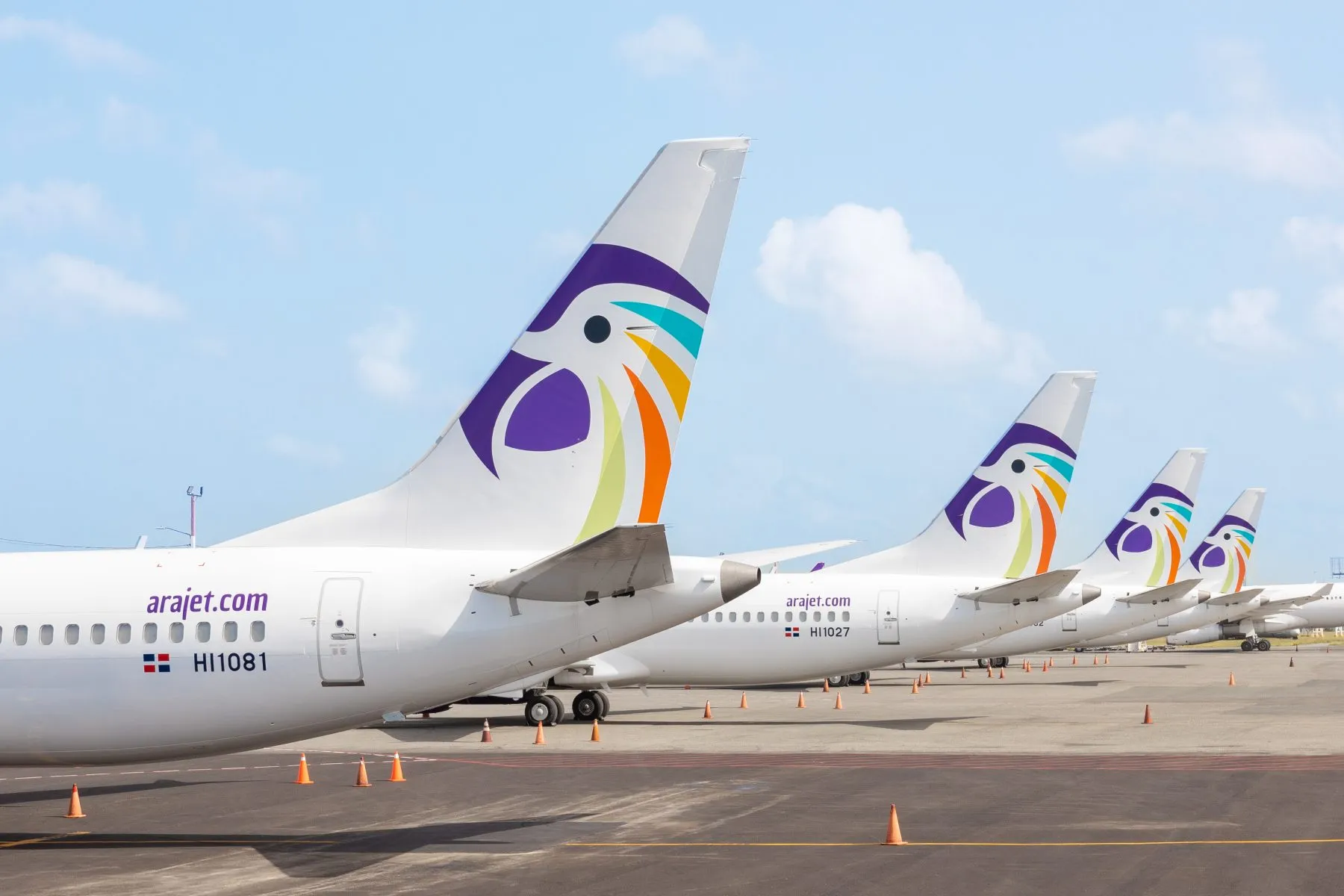The Biggest Challenges and Opportunities for Luxury Hotels in 2017, Explained

Skift Take
As we head into the new year, luxury hoteliers have a number of different challenges and opportunities for innovation that lie ahead of them. While the luxury space continues to be a lucrative one for the hospitality industry, there's increasing pressure on hoteliers to continue to evolve.
That's reflected in the fact that sales of luxury goods such as handbags, shoes, and fashion are expected to remain stagnant this year at about $273 billon. It's a slip of 1 percent from 2015, according to a recent Altagamma/Bain & Co. report on the global luxury market. Granted, sales of luxury goods also suffered in the aftermath of the Great Recession of 2008, but in the years since, they've picked up again, and 2016 is the first year where yet another decline has emerged.
However, when it comes to sales of luxury automobiles (8 percent increase), fine dining and drinking (4 percent jump), and luxury cruising (5 percent rise), sales are up this year — it's proof that luxury experiences are still valued, and still very much in demand.
Simply put, today's concept of luxury is being defined by experiences. But what kinds of luxury experiences do people want today? That is one of many questions hoteliers are asking themselves these days.
To get a sense of what they are focusing on in 2017 and beyond, Skift spoke to a number of luxury hospitality experts, including Bill Walshe, CEO of Viceroy Hotel Group, Ed French, chief sales and marketing officer for The Ritz-Carlton, and Mark Pardue, former area vice president of luxury and lifestyle brands and general manager of Park Hyatt New York. Pardue is now SVP of operations for Hyatt Americas. We also spoke to Mike Fuerstman, co-founder and creative director of the new Pendry Hotels brand, and Tony Kurz, CEO of Brandmark Collective, who is spearheading the launch of Karl Lagerfeld Hotels. Here's what each had to say.
The Changing Definition of Luxury Today
"In our world, luxury is driven very much by individuality," said Viceroy's Walshe. People have come to refuse to expect a cookie-cutter approach to creating hotel experiences. There has to be a commitment to individuality. We use a different interior designer for every hotel we create or renovate. We avoid replication at all costs. The aesthetic importance of design in luxury is still incredibly important because people want to be inspired."
He added, "Guests who come to our hotels typically have fastest Wi-Fi in their homes, the highest definition TVs, their morning cup of coffee is amazing. Their willingness to accept a step down when they visit a solid luxury hotel is nil. The luxury hotel used to be better than where you lived. People's lives have caught up. It's challenging for hoteliers to stay one step ahead."
Brandmark Collective's Kurz also sees the definition of luxury continuing to evolve. "Design and branding, to me, are less the story about luxury being pared down and more about the fact that yours and my generation can take their own bags to their own room," he said. "If I walk into an Aman, Bulgari, or Four Seasons, I still want to take my bag to my own room. Luxury is changing on that level in front of our eyes. There are more challengers to traditional luxury hotel brands like the Four Seasons."
Building and Maintaining a Luxury Brand
As new brands continue to enter the luxury space, mainstay brands have also been challenged to keep up with the times.
Fuerstman said that, in coming up with Pendry Hotels, parent company Montage thought about how luxury was changing first and foremost.
"We sat on it for a few years and tried to think about what's the right opportunity. Where is hospitality going? Where is luxury going? There's this moment where we sort of realized we've been operating hotels under Montage for almost 15 years, the nature of luxury has changed, our guests' needs and desires are changing," Fuerstman said.
"There's a whole new generation of luxury consumers who have stayed in luxury hotels with their parents and experienced it," Fuerstman noted. "They're much more tied to what's happening from a scene standpoint and cultural relevancy standpoint and they're looking for fashion, design, and creative arts programming and all this stuff when they travel. They're smarter than the last generation because they've seen so much and they really want a great service culture. At the end of the day, it's still hospitality and this desire to be really well taken care of. We sort of took a pulse on the market, looked around at other brands and other players in the industry and said, 'Nobody from a brand standpoint has really owned a great luxury service culture with inspired design, a more boutique sensibility, and really great arts programming in hospitality. It's targeted at the new luxury customer. For us the simplest way to combine all that is we ended up at this positioning of service meets design for the new luxury customer. That's really what we're going for with Pendry."
"The core tenet for all of our brands is that they need to be global brands with built-in customer bases," said Kurz. For that reason, Kurz said Brandmark Collective is focusing on "building out brands in aspirational markets that are less mature from a consumer and financing standpoint."
"Instead of sub-segments like traditional brands, like a Marriott with 30 brands, we think there's an opportunity to serve aspirational customers across a larger breadth in our hotels," Kurz said. "It's luxury that is welcoming to a larger segment of people. Karl Lagerfeld is an artist. He's an artist across many of the diff brands that he is associated with, including the hotel brand. Each property is entirely different and it's a bespoke experience, depending on the market that you're in and which way the pen goes in Karl's head."
As a more established luxury brand, The Ritz-Carlton is also trying to find ways to remain relevant and top of mind with luxury travelers.
"I think the challenge for us, and I wouldn't say it keeps me up at night, but it is making sure we take and preserve the brand that we have," French said. "It's making sure that brand remains relevant to today's consumers and the global consumer, to younger and to older travelers and to traditional travelers and contemporary travelers. It's in the way we design our hotels, build our footprint, and the way we go to market and the way we sell."
"We haven't found people to be less brand loyal," French continued. "There are so many choices out there today. The brand used to be shorthand for how you would choose. We have a high bar to get into the consideration set for consumers. We're also fortunate Ritz-Carlton has such high brand awareness and high positive attribution among our target audience. People do view us as having a luxury experience and we need to make sure that reference isn't just about an old view of luxury but also a modern, contemporary view."
At Viceroy, Walshe said the key to keeping the brand relevant was focusing on experiences and programming.
"People don't come for hotel brand names anymore," Walshe said. "They come for the experience. I think, historically, people said, 'This is where I'm going, this is a luxury hospitality brand. I'll go and figure it out and see what happens.' Now we see that having compelling programming and activities outside our hotels and resorts in a meaningful way is really important to our hotels and guests."
Changing Consumer Demands
As Fuerstman said, today's luxury consumer is a different one than in years past.
"I think the luxury traveler today seeks their own information and makes their own decisions a lot more than they used to," said Walshe. "Luxury travelers are more knowledgeable than they have ever been in history, because of information being available so readily, and peer-to-peer endorsements on social media. Guests, younger ones especially, are looking for constant stimulation. We don't see people just lounging around. They want to interact with the destination they are staying in. They want to benefit from cultural immersion and to engage with the community in which they are in. They're more curious as travelers than at any time previously."
Fuerstman also noted, "They have higher expectations. They care about things differently. They value time, they value health, they value experiences and moments more so than things. The world has changed a lot. I think the world has fundamentally changed post-recession, and that's, in my mind, a big turning point and pivot to a luxury guest who sees things differently now. Those are some of the things we certainly think about."
Some things, however, will stay the same, no matter what, said Walshe.
"Ultimately what hasn't changed and will never change is value," Walshe said. "That's unrelated to price. You can pay $200 or $2,000 for a hotel room, and guests are still looking for value. In the 20 plus years I've been in the business, I've ever met a guest who came to a hotel who came to be bored, or to leave forgetting the experience they just had. They want to be entertained, surprised and stimulated. Blandness has no place in luxury hospitality and people want experiences that are outstanding. 'Fine' is wholly unacceptable in luxury; it's not good enough. The luxury traveler has no tolerance for mediocrity, and they have an extremely low boredom threshold — that's the key challenge. Just having a well-designed hotel doesn't cut it anymore. It's all about programming and all about activation."
Balancing Authenticity and Local Experiences with Exclusivity
Values like authenticity and having a "local" experience are not mutually exclusive from luxury either, hoteliers would argue.
"Authenticity can be delivered in many ways, ranging from having frequently changing menus driven by the chef at the hotel going to the farmer's market very morning, or having relationships with local fisherman who work off the coast of our resort location," explained Walshe. "That's an authentic expression of freshness, indefinitely. It's real and people feel like they're a part of destination, and that we're making an effort to be more creative."
Walshe also said it's important to Viceroy to "hire local labor and train and empower local communities to be the ones themselves who deliver the experiences. I know that our guests in St. Lucia at Sugar Beach enjoy the fact that staff at the hotel are proud of their destination and they show that to visitors. They are giving a flavor of that culture and outlook of the people. They're the best possible representation of that destination."
The Economy
Where we are in the hotel cycle has been a perplexing and permanent fixture on hotel industry watchers' minds all year, and especially so for luxury hoteliers. But whether the market has peaked or not, or is headed for a slowdown, they don't seem worried.
"There will always be a community of affluent travelers who are not as severely affected in an economic downturn as perhaps another demographic of traveler," Walshe said. "We stand by the fact that there's a fundamental recipe for success for what we do, assuming we have great service, great product, and a great location. If any of those is deficient, you'll have problems in an economic downturn. People may cut back on frequency but not on quality. Five-star guest will immerse themselves in a five-star experience. They won't want to do mediocre experiences with the same frequency. Those in trouble are those who have not invested in programming and innovation. Or they were built in poor locations."
Still, pricing can remain and challenge, whether the economy is up or down.
Park Hyatt's Pardue said, "One of the challenges facing luxury hoteliers today is competitive pricing, even in the luxury sector. We want to respect what's happening in the market, while also stay true to our price point. Our customer is seeking world-class accommodations, cuisine, spa, and service, which are elements we consistently provide for our guests."
"Think about the economy," French said. "Our business has continued to grow. It's forecast to continue to grow. The word 'affluent' can be used across many types of consumers. The true high-end luxury guest, the target for The Ritz-Carlton, those are people that are less likely, in our experience to trim travel spending based upon any news happening around the world around economic impact. If you look at the luxury customer now, gone are the days where people really thought about status as the things they collected. What they collet now are experiences. Travel is one of the things people want to collect and it has true meaning and value for them. Should and if and when we see a downturn, that may impact it a little bit. But we've been fairly well insulated except in those major downturns."
A New Concept of Wealth
And if there's one trend luxury hoteliers are paying very close attention to, it's wellness.
"The idea of a balanced life and healthy living, everything from really keeping up on fitness programming and making sure that the way our guest works out today, like Crossfit, bikes, Soulcycle and spin classes, if we have the capability to accommodate them on property, we will," said Fuerstman. "The spa is starting to come back, which is interesting. Health-oriented food offerings are really important."
"With wellness becoming more of a sought out service for both younger and experienced luxury travelers, Park Hyatt New York collaborated with the city's premier meditation studio, MNDFL, this fall to offer private and semi-private meditation sessions for our guests at Spa Nalai," Pardue also noted.




